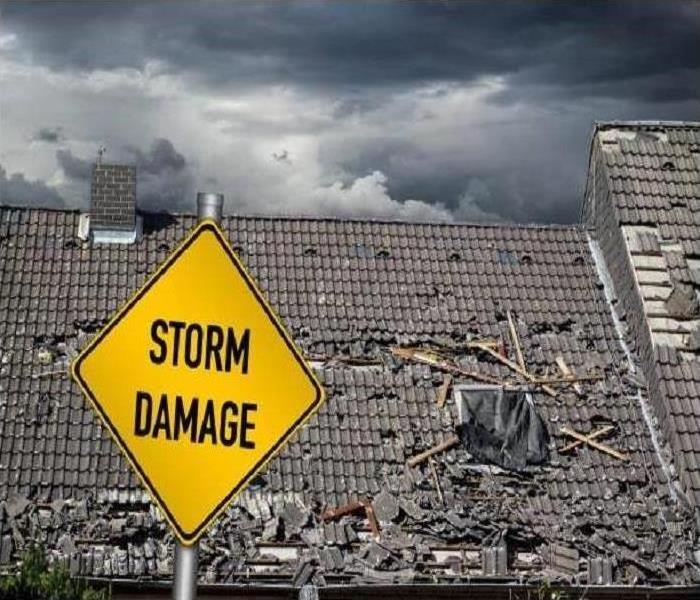How To Be Ready: Handling Storm Damage
3/18/2024 (Permalink)
Before the storm hits, homeowners are concerned about their safety first. This is important; however, when the storm dies down and you’re left with pieces to pick up, it’s important to know how to deal with it. The more you know in advance, the easier the process is sure to be. This process involves handling water damage, deciding what to tear out and a full storm restoration.
- Extract All Water
Because you often can’t get back into your home until all the water is removed, it’s imperative that you invest in flood water extraction. Keep in mind that flood water is often contaminated. After 24 hours, it’s considered black water and full of contaminants. The safest and most effective option is to have someone with the proper gear and tools to extract the water.
- Tear Out Wet Materials
Water damage can lead to professionals having to tear out any and all wet materials. This could be paneling, flooring and a number of different household materials that may need to be dried out. While some might be salvageable, once the material has sat in water, it’s likely that the damage on some of it is irreversible.
- Dry Out Structure
With the damp materials out, it’s time to dry the inside of your home. This can be done by professional services in Highland Park, CA if you want to have it done quickly and effectively.
- Begin Restoration
Storm restoration can begin once you’ve completed the tear out and drying. After this, you can bring the undamaged items back into your home and begin to rebuild. The reason it’s important not to start this step until after the cleanup is complete is that you never want to rebuild when there’s a risk that there may still be water damage or mold left behind.
When the storm is over, the cleanup process is still only beginning. Fortunately, these four steps should be able to help you understand the importance of assessing what you need to tear out after water has damaged your home to start your storm restoration.






 24/7 Emergency Service
24/7 Emergency Service
